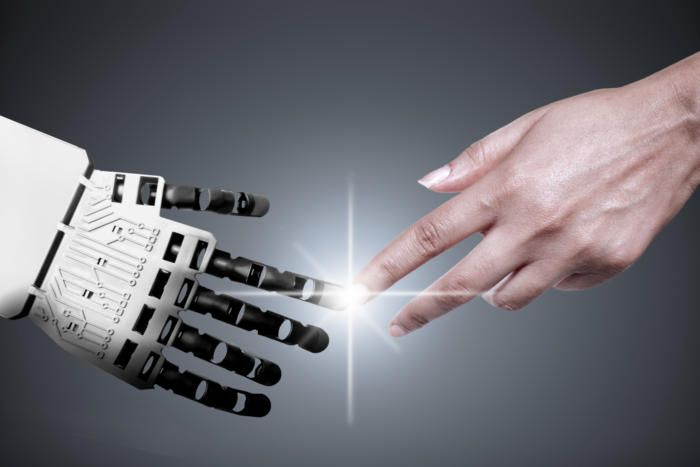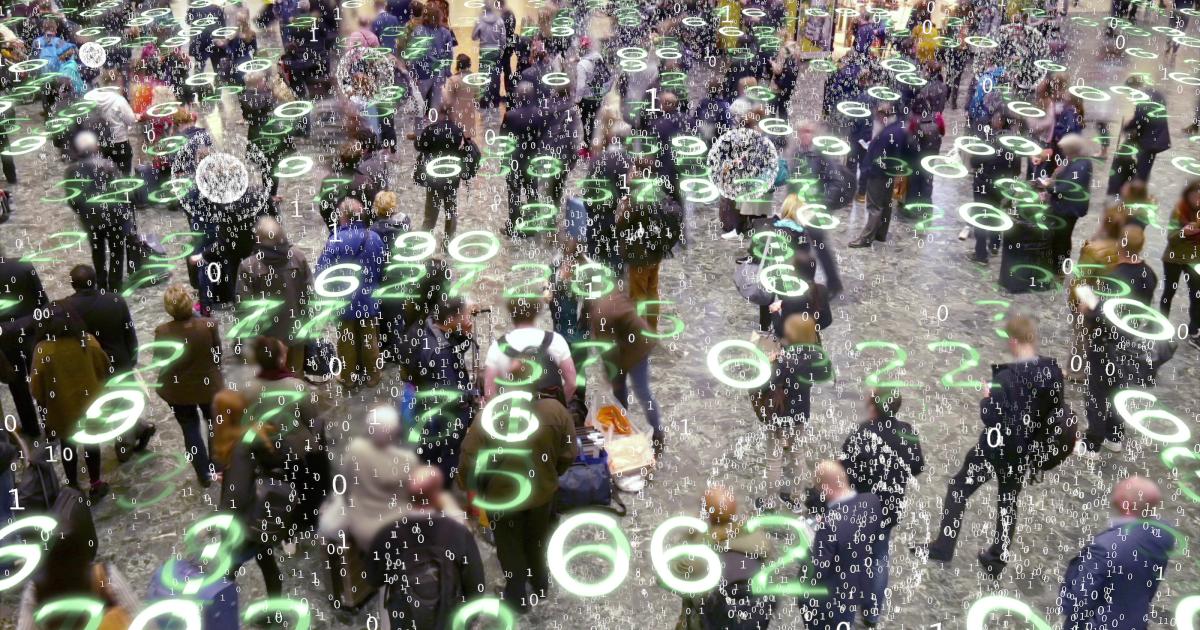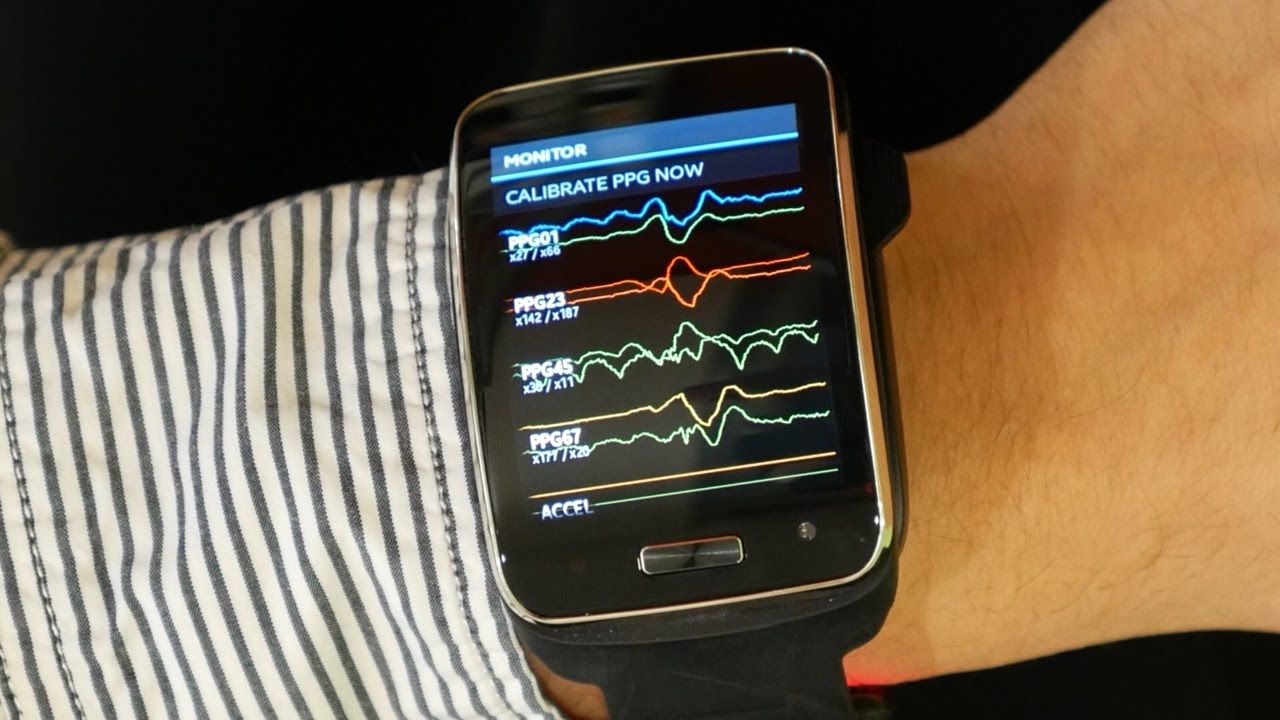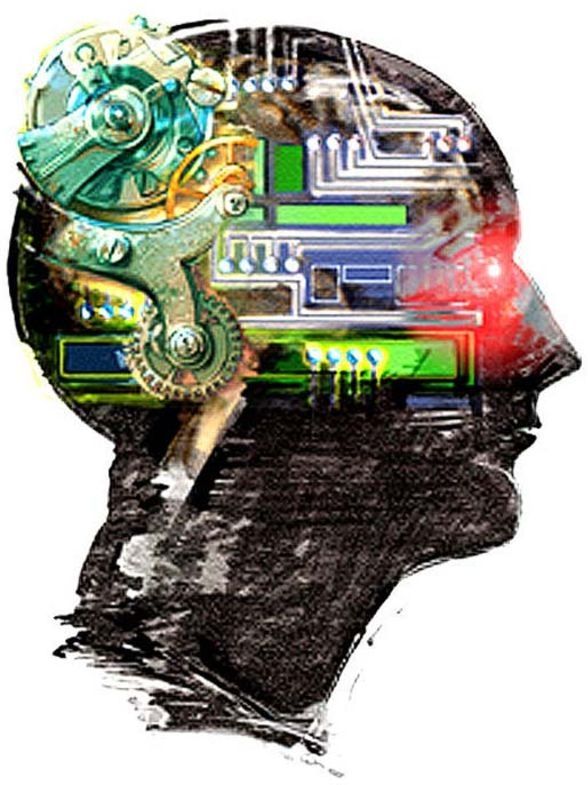This article does try to highlight what and where we are going with the merge of bio and technology. However, what has been shown to date is all very invasive as Quantum Biology has remained a gap in this development work until recently. Thanks to DARPA and others in the private sector who are working on technologies that leverages Quantum Biology principles to develop new integrated Biosystem technologies; we will see amazing work in cell circuitry and connectivity in areas of bio-security, BMI, prosthetics, immunology, anti-disease, reverse aging, etc.
These might sound like outlandish predictions, but DARPA’s Sanchez said it’s not as crazy as it might have sounded several years ago.
“Advancement of A.I. is making machines more powerful in the way they can understand everything from scientific papers to interpreting them and helping us solve big problems,” said Sanchez. “Another aspect to consider is our society [is] embracing things like wearables that… allow algorithms to analyze our physiology. Great examples of that are being able to monitor your sleep patterns and provide feedback on if you should change the time you go to bed or wake up in the morning.”
Sanchez said we’re at the point where wearables could easily be made to communicate with smart thermostats so heat could be turned up or the AC turned on automatically, depending on the user’s needs.








